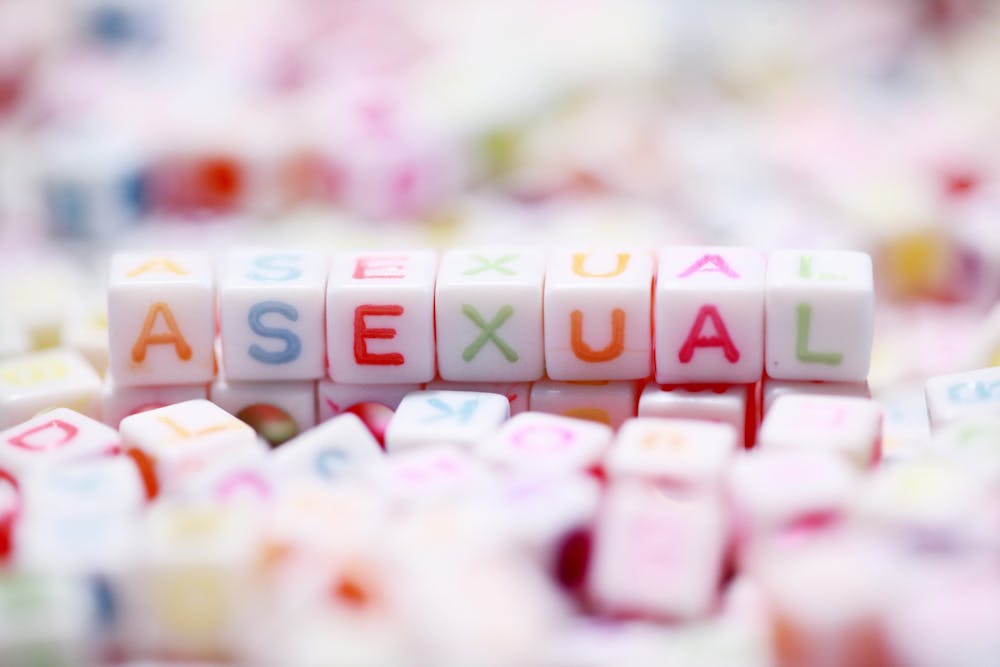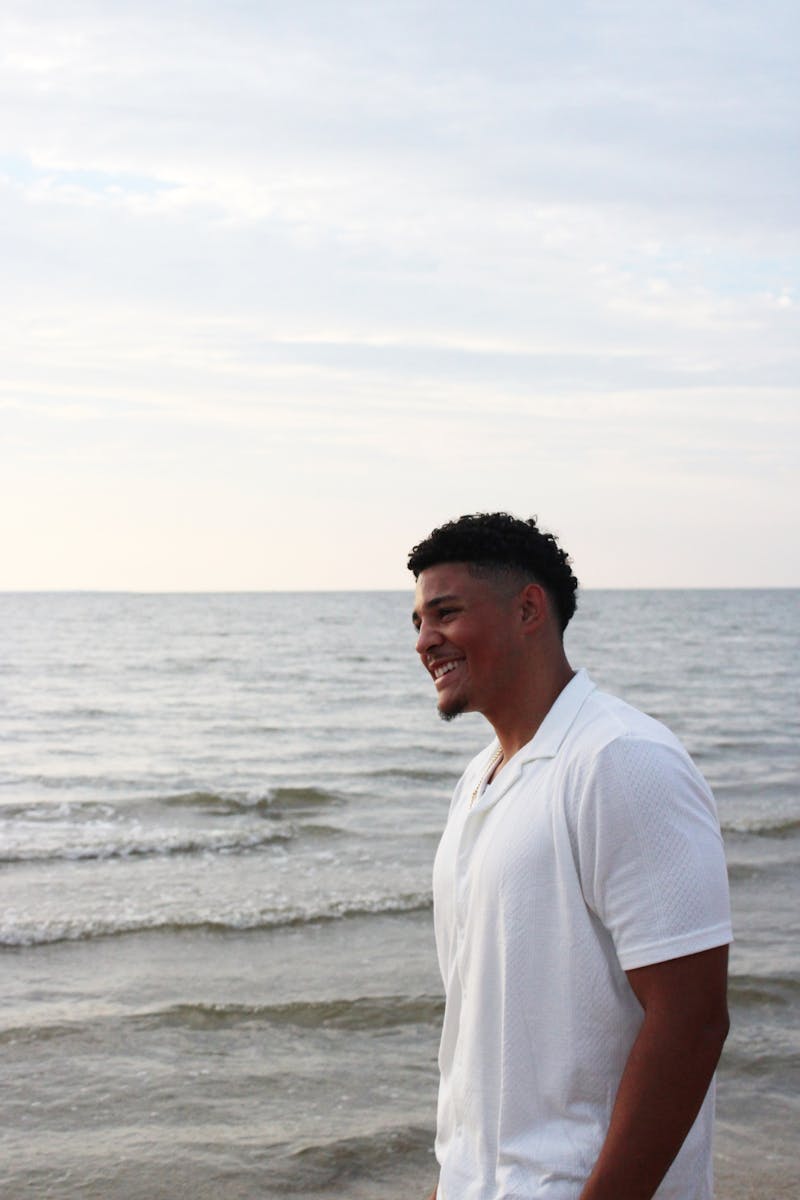At Shippensburg University, there is a lack of understanding and a stigma surrounding asexuality. While some do not know what it means, others may identify within this community. There are students who identify on the spectrum of asexuality at SU.
A sophomore, who wished to remain anonymous, identifies as demisexual (on the spectrum of asexuality) biromantic. She is an English major focusing in literary and creative writing. She explained that she is still trying to figure out who exactly she is, as well as come to terms with her sexuality. She explained that demisexual is someone who only feels sexual attraction once they make a connection with another other person. She told me that coming out was relatively new to her, since she only came out a couple weeks ago.
The sophomore said a book helped her to find the courage to come out. “Fun Home,” by Alison Bechdel, discusses sexuality and realizing one’s identity.
“A revelation not of the flesh, but of the mind,” Bechdel said. In the most basic understanding, this is exactly what asexuality is. It is the lack of sexual attraction to another person.
The book gave the sophomore the courage to attend an open mic night at Shippensburg and come out as demisexual biromantic.
After attending Catholic school for eight years, the sophomore said that figuring out she was not heterosexual and that she liked women was difficult. She said attending Catholic school probably slowed her realization of her sexual identity. What was really hard on her was not seeing anyone male or female in a sexual or romantic way.
After sharing her story, the sophomore said she wished more people knew and understood asexuality. She also wished people realized it is such a large spectrum and that everyone does not always fit into one specific box.
The sophomore also called for more representation of LGBTQ+A characters in books and movies to give individuals someone to relate to. There is no “cookie cutter response” when it comes to sexuality, according to the sophomore. In the end she said the spectrum is not simple when it comes to sexuality and one cannot go around generalizing people.
SU Human Communication Studies Professor Misty Knight, who teaches women and gender studies, discussed her interpretation of asexuality as a professional. Knight said it “is an orientation in which someone is not attracted to another person, they can be but it isn’t a necessary component.”
Knight reinforced the idea that it is so hard to pin-point what asexuality is because the spectrum is so large. Knight also addressed why asexuality is so hard to talk about. She said it is mostly when people think that there is something wrong with them because of the value society puts on sexual attraction.
Knight said society is starting to talk a lot more about sexuality, but still needs more research. Knight also said education is needed to discuss, explain and further understand sexuality.
SU offers a women and gender studies course, as well as a minor program. Knight hopes that one day everyone can be accepted no matter their sexuality and that people start to understand that asexuality is not a choice, but an orientation. She also said there is nothing wrong with those who identify anywhere on the spectrum.
SU social work professor Jayleen Galarza defined asexuality slightly differently than Knight. Galarza said asexuality is “an identity or experience some people connect with.”
Galarza talked a little more in depth on the spectrum explaining that it goes from zero sexual desire, which is asexuality, to zero emotional desire, which is aromantic. According to Galarza, there is not a large number of asexuals who are out and accepted due to the stigma surrounding sexual identities. She said that societal values and ideas are why people find asexuality so hard to accept.
There is an expectation as humans that people need to be sexual and need to form romantic relationships, according to Galarza. Galarza said that people misconceptualize asexuality because people cannot believe that there are people who do not feel sexual or emotional desire. She said they also may think their sexual desire is repressed due to trauma.
Galarza said the biggest thing is asking, “Why do we need to know the why?” when it comes to people’s sexuality. Galarza also said it does not require anyone’s validation and hopes that more conversations and awareness spreads about asexuality and aromantism.
Linda Chalk, a staff psychologist and SU counseling services professor, explained her interpretation via email. Chalk said asexuality is an absence of or low sexual interest or attraction to others. She agreed with the other experts that the spectrum is too large to generalize.
Chalk said research suggest that about 1% of the population identifies as asexual, but that the percentage has been found to be higher at 4% in young adults. According to Chalk, some researchers who believe that asexuality is a temporary identity that fits them at one point in their lives, but other researchers have also discounted or dismissed asexuality as a focus of study in the past.
Chalk believes that asexuality is more overlooked or misunderstood than seen as taboo.
“However, to the extent that some traditional belief systems link sex with reproduction, lack of desire for sex may be seen as pathological by some people,” Chalk said. She said people think asexuality is a problem that needs to be fixed even though most asexual people are comfortable with their orientation and do not feel a need to change.
Knight, Galarza and Chalk agreed that asexuality is too large of a spectrum to try to shove into one box. Knight said that there needs to be more research done and conversation needs to spread so that society learns what it means to be asexual and how to help the asexual community feel safe and accepted coming out.
To learn more or seek support reach out to the Pride and Women’s centers on-campus, as well as the office of equity, inclusion and compliance.



The Slate welcomes thoughtful discussion on all of our stories, but please keep comments civil and on-topic. Read our full guidelines here.